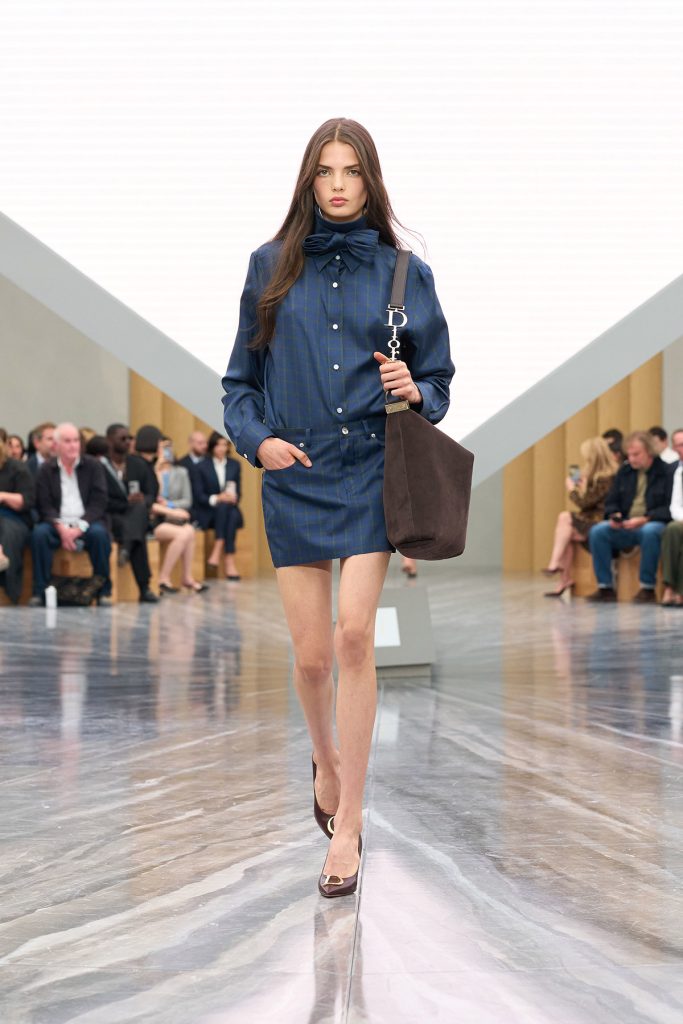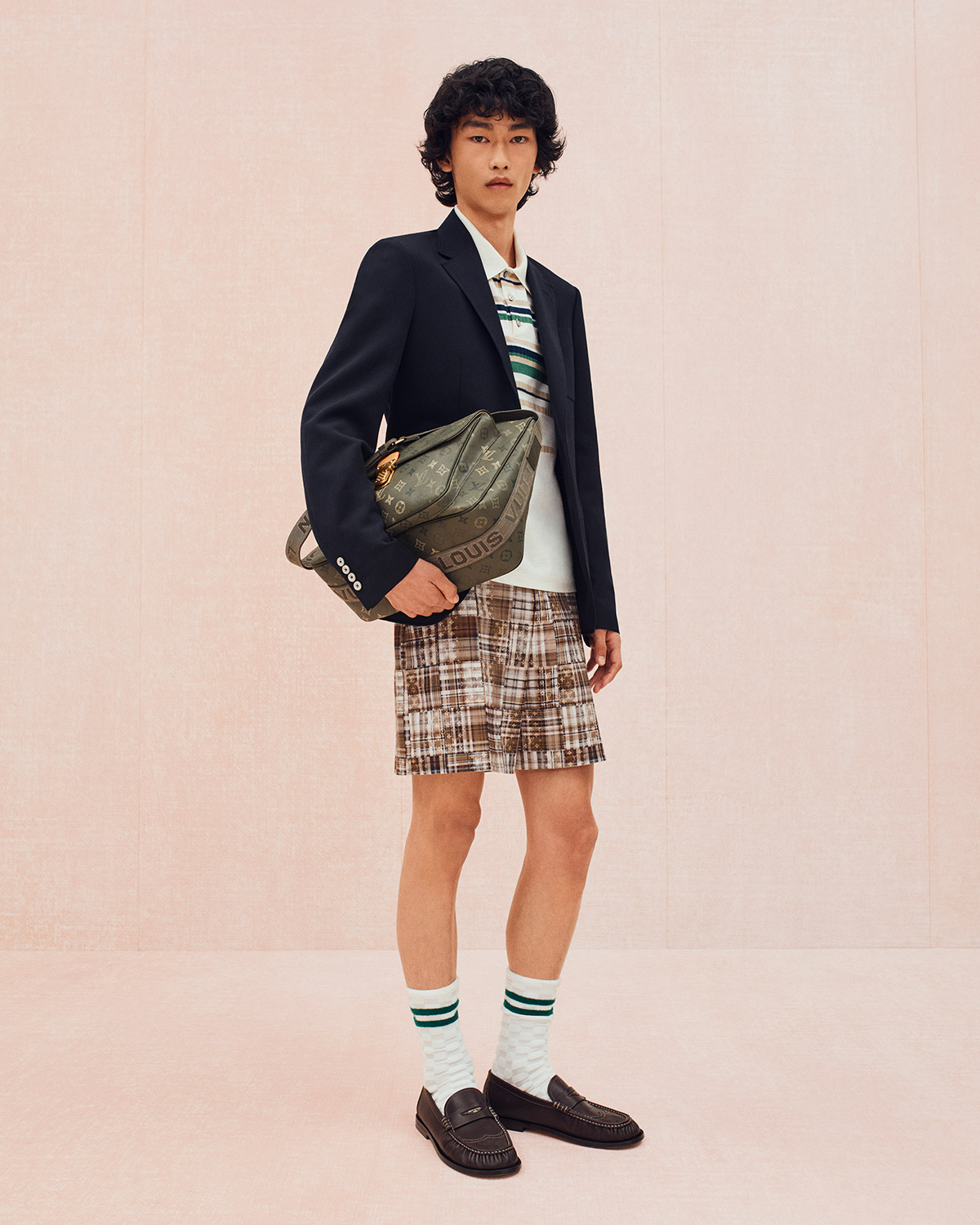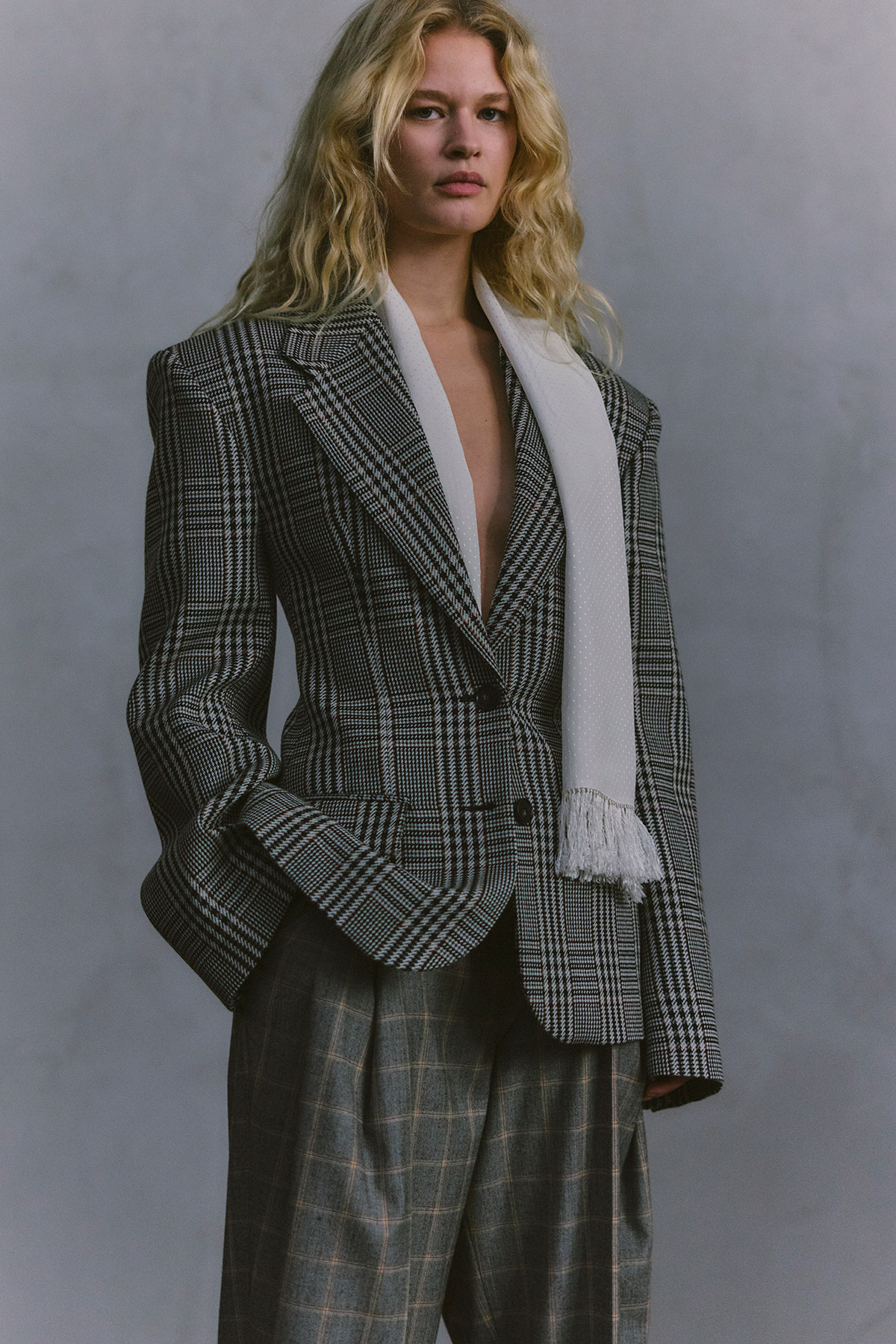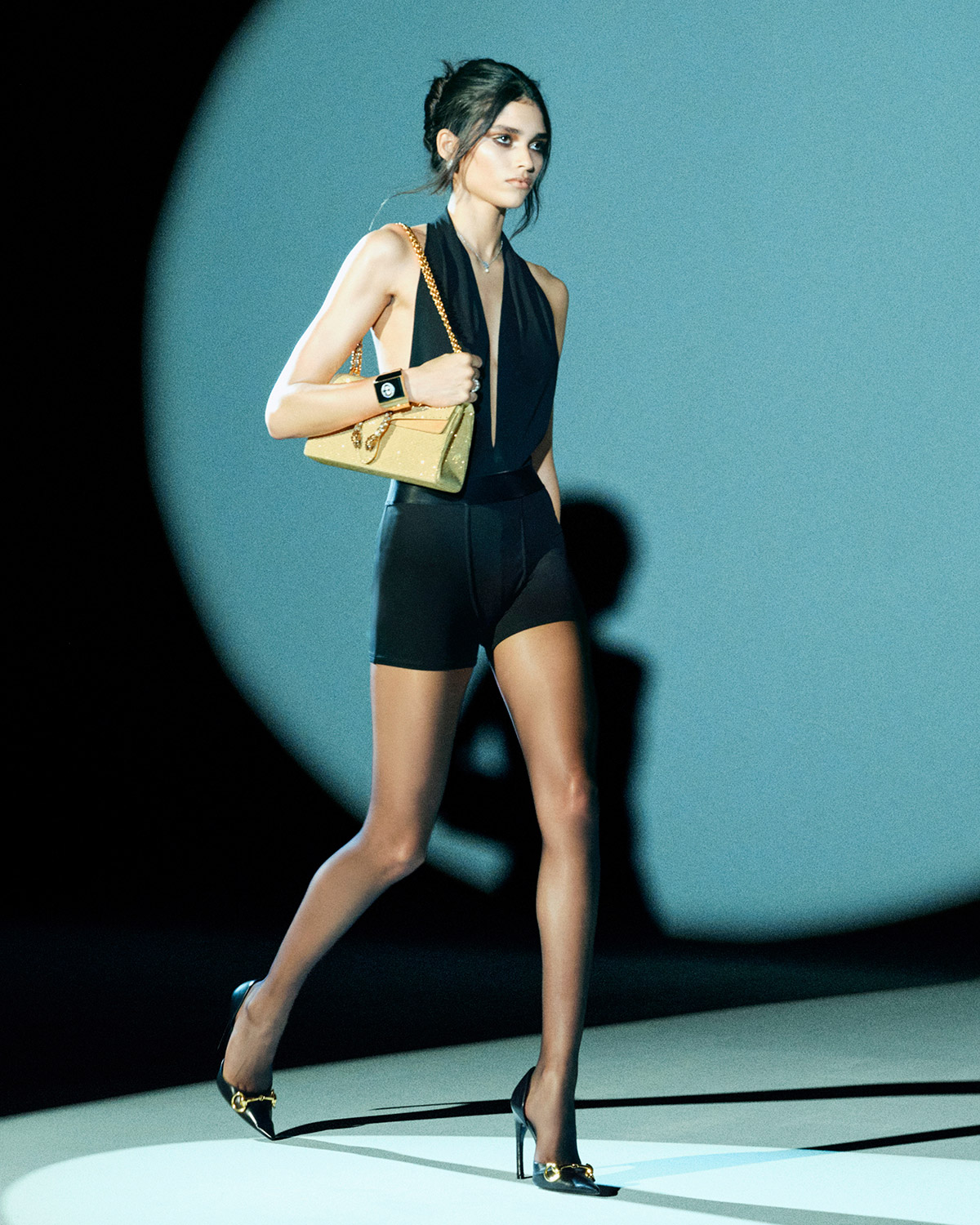Taking the reins of both the men’s and women’s lines, Jonathan Anderson delivered a Spring 2026 collection that balanced historical reverence with his signature surrealism.
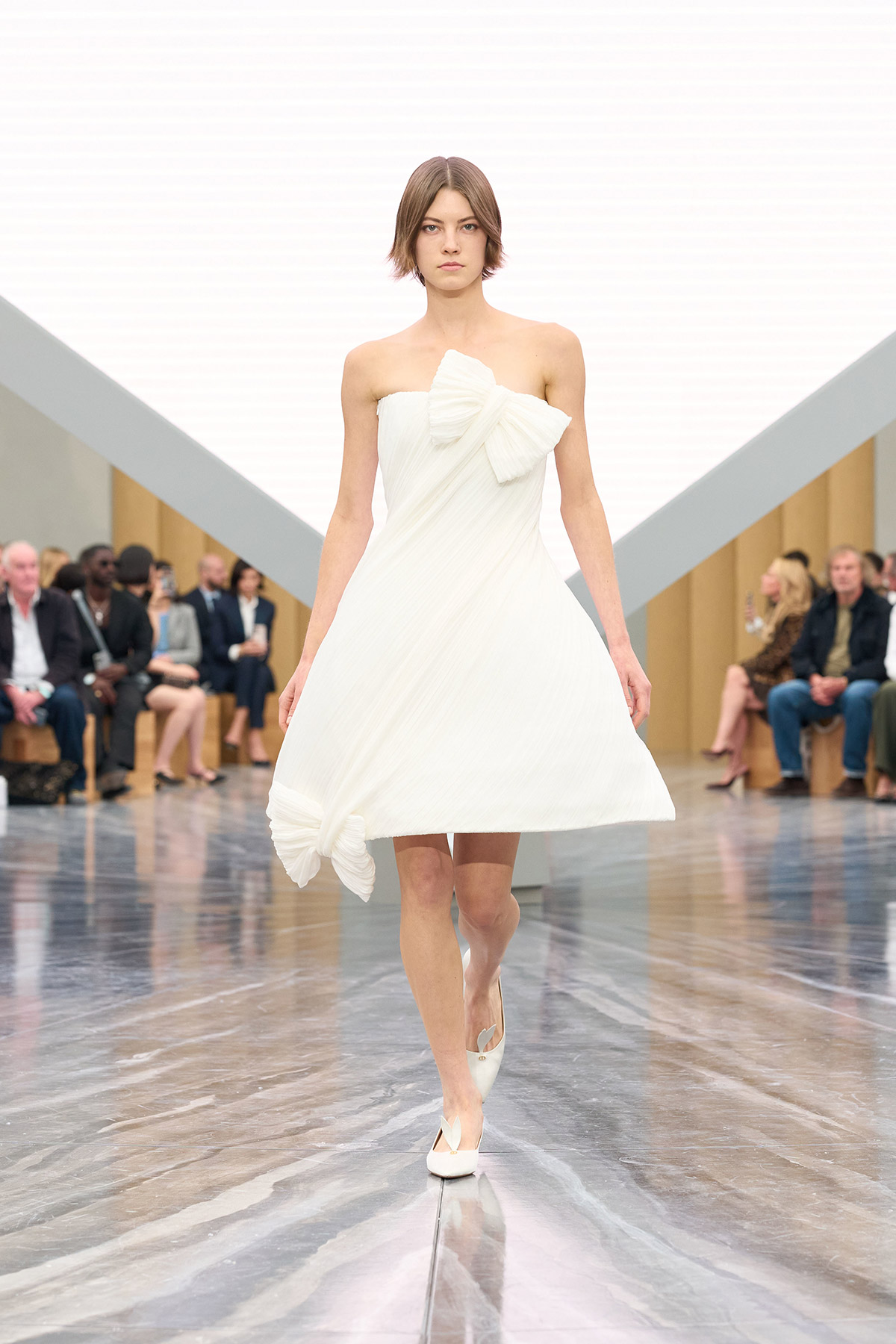
Summary
- Jonathan Anderson’s highly anticipated womenswear debut for Dior synthesized the house’s extensive archives with his signature postmodern vision, framing fashion as the “theater of life.”
- The collection confronted the immense weight of the Dior legacy by conceptually “boxing” history—acknowledging predecessors while forging a new path characterized by surrealist details.
In a season characterized by a major realignment of design talent across the industry—including Louise Trotter’s updated vision for Bottega Veneta, Demna’s new chapter at Gucci, and Dario Vitale’s first collection for Versace—the debut of Jonathan Anderson’s Spring 2026 collection for Dior was one of the most highly anticipated shows. The fashion world wasn’t just watching, it was holding its collective breath.
The show began not with a garment, but with a psychological deep dive. Suspended from the ceiling, a colossal, pyramid-shaped LED screen flickered to life, displaying the query: “Do you dare enter the House of Dior?” What followed was a montage created by documentarian Adam Curtis. Images of Dior women through the decades, from archival runways by Maria Grazia Chiuri, Raf Simons, and John Galliano, to cultural icons like Princess Diana, collided in a visual barrage. This cinematic opening immediately established the collection’s central themes: the beauty and the burden of legacy.
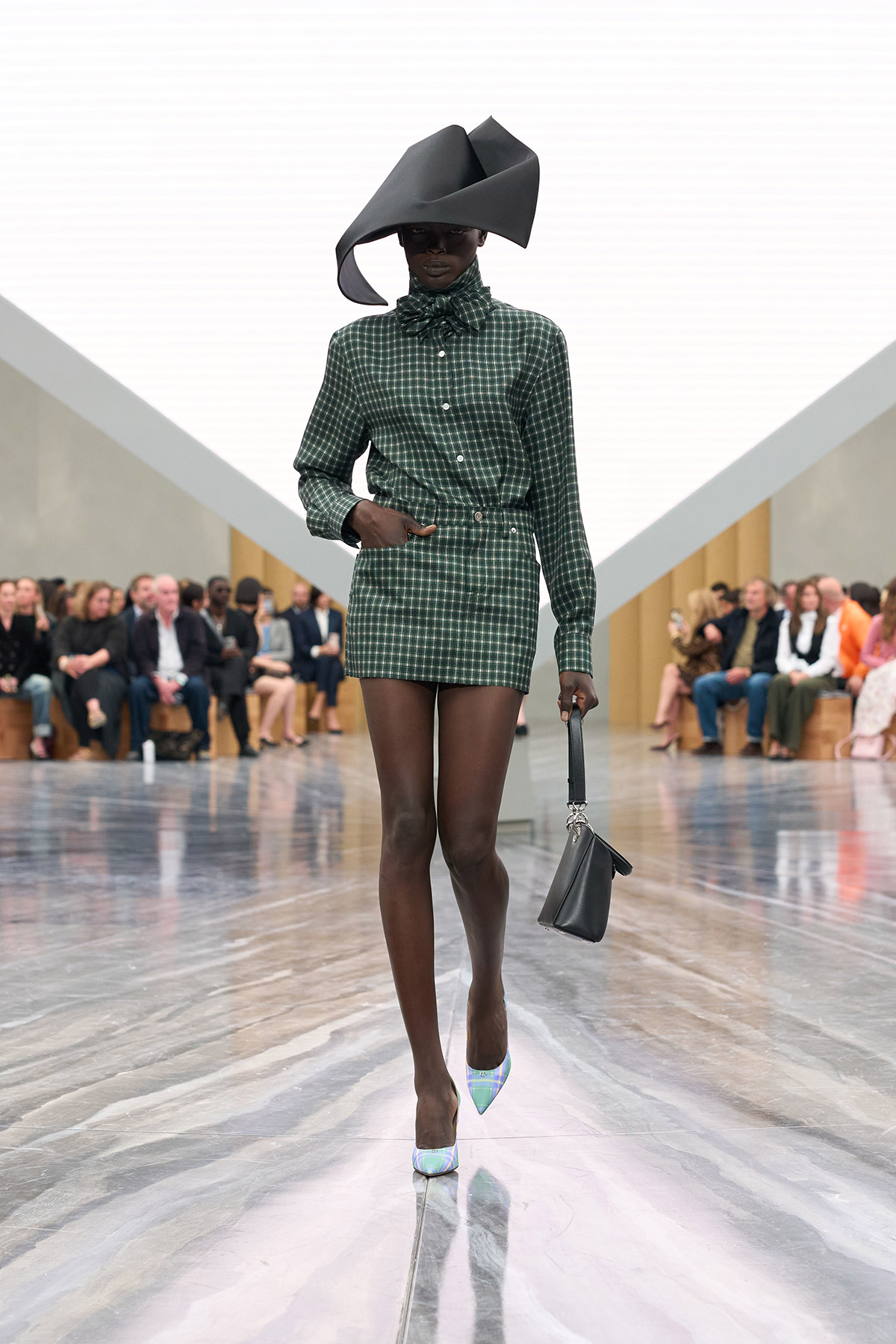
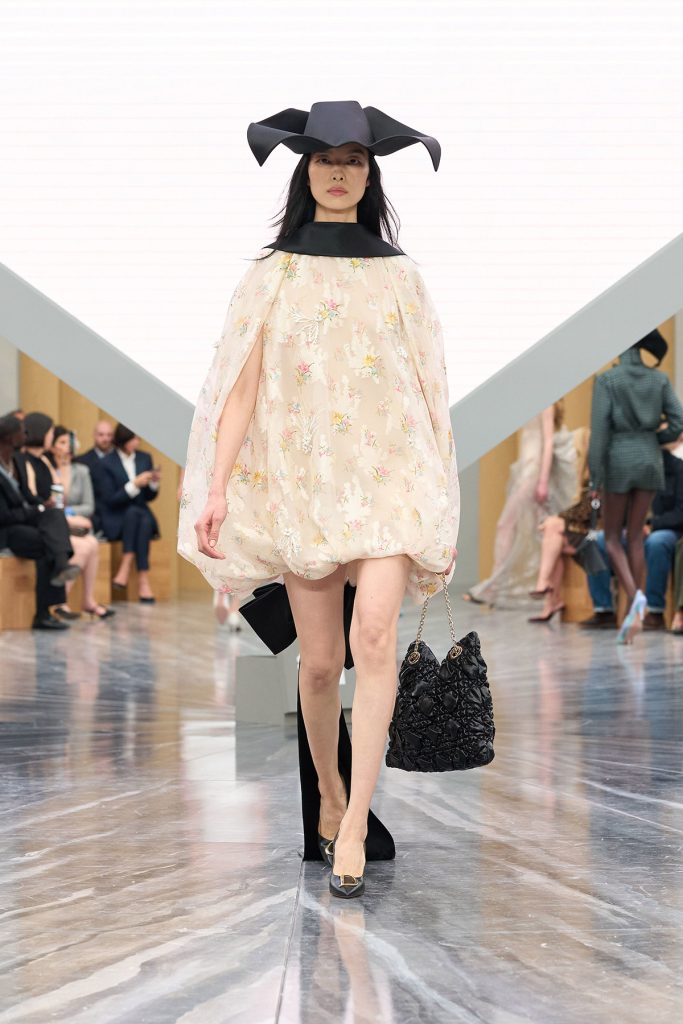
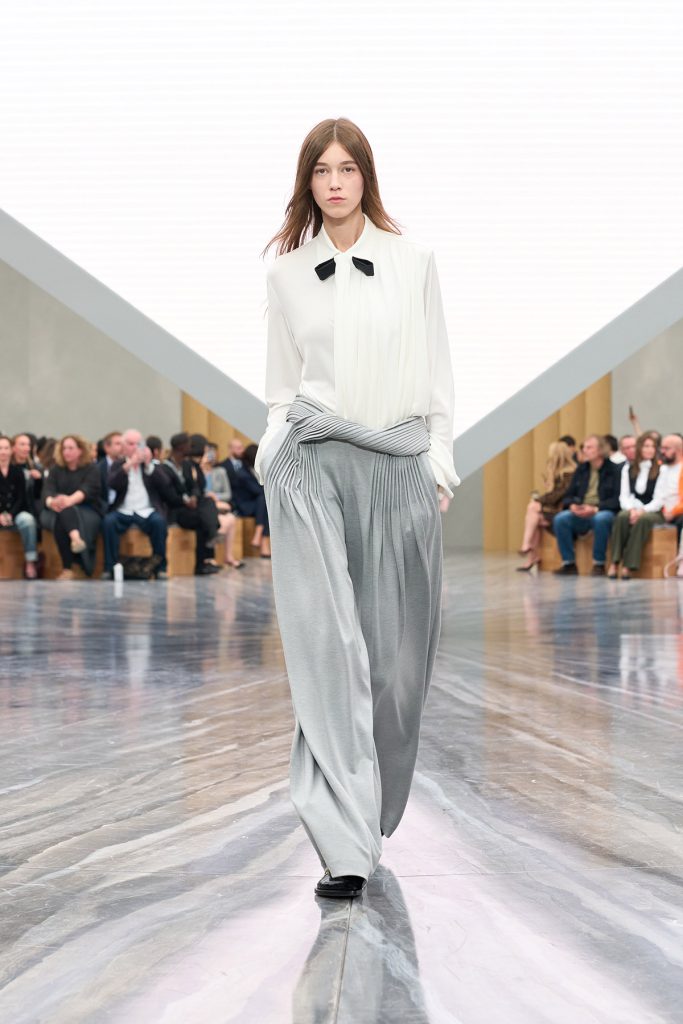
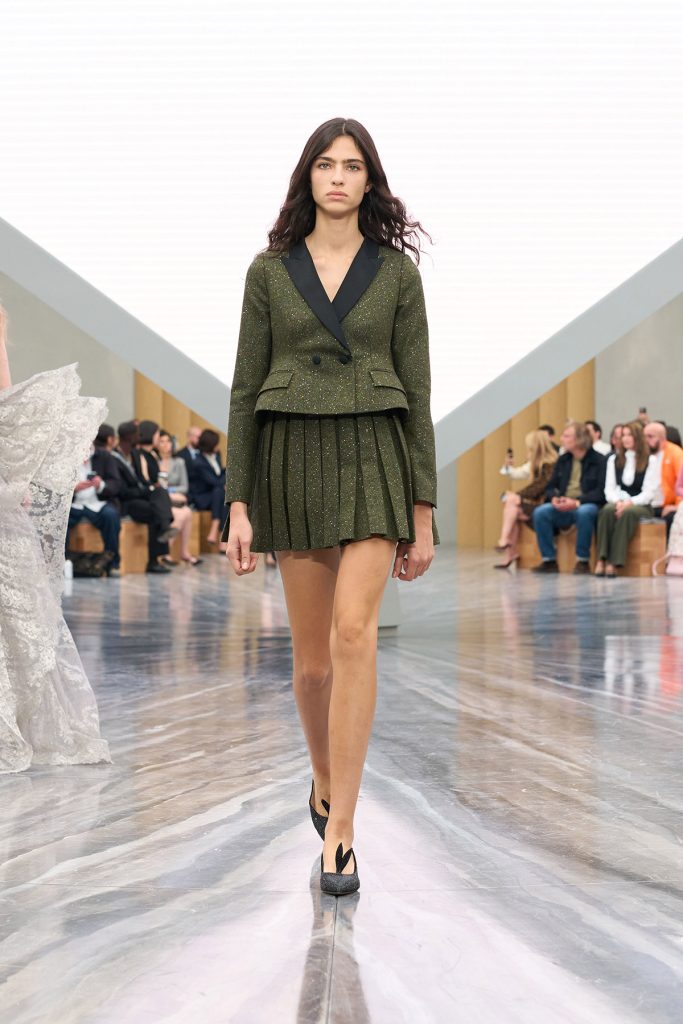
Now steering the creative direction for both the men’s and women’s universes at Dior, Anderson is undertaking a staggering workload. This Herculean undertaking requires a near-superhuman level of creative output and strategic oversight—frankly, it sounds exhausting just thinking about it.
Anderson acknowledged the profound influence of his predecessors, citing fellow Brit John Galliano as his personal gateway into the Dior universe. As Anderson articulated in the show notes: “Daring to enter the house of Dior requires an empathy with its history, a willingness to decode its language, which is part of the collective imagination, and the resoluteness to put all of it in a box.” This is not about erasure, but reorganization, storing the past to look ahead, revisiting memories without being trapped by them.
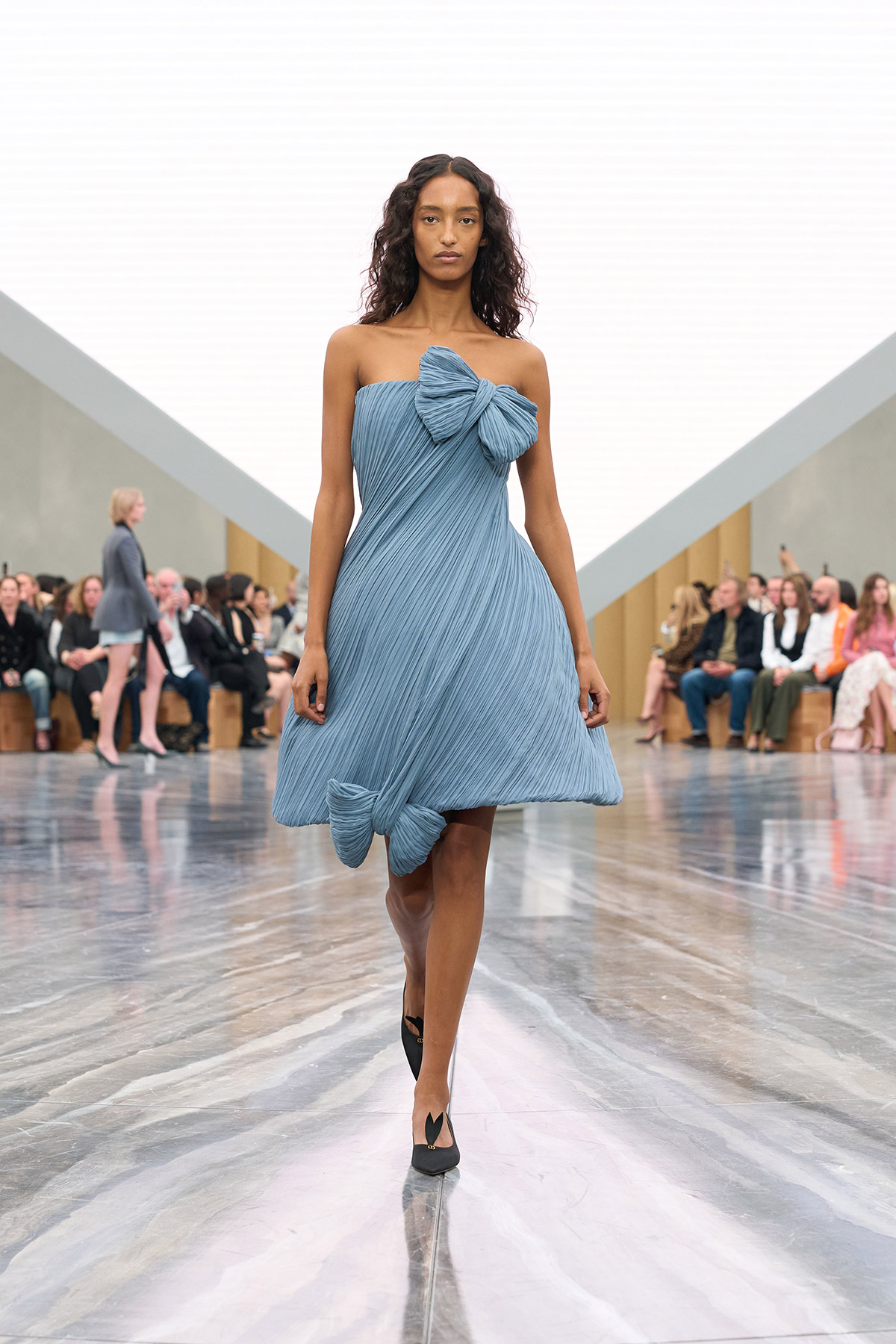
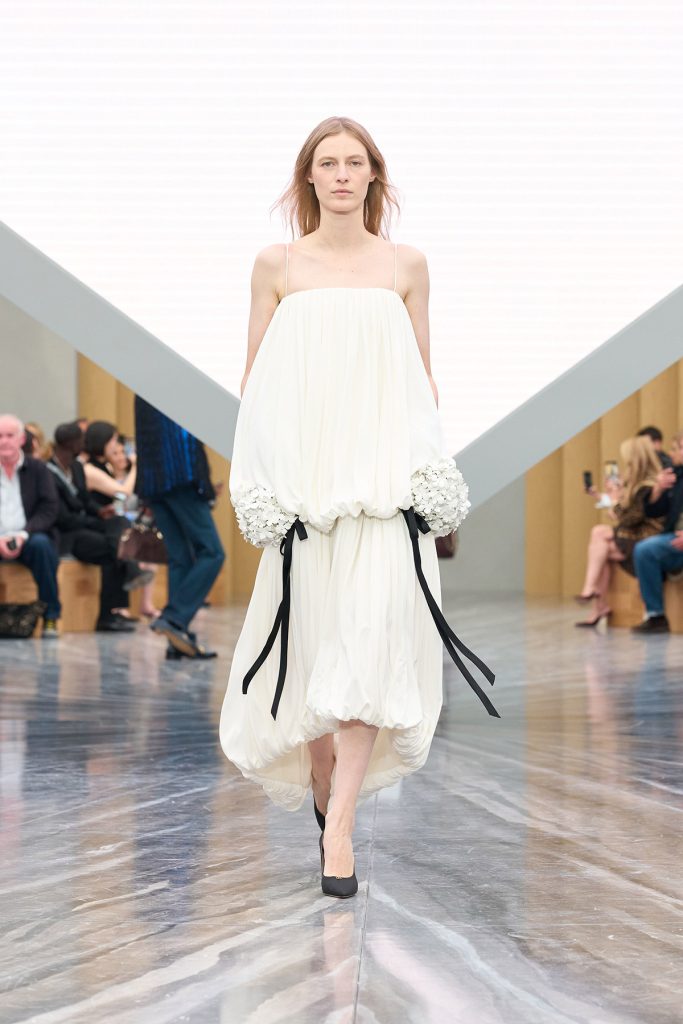
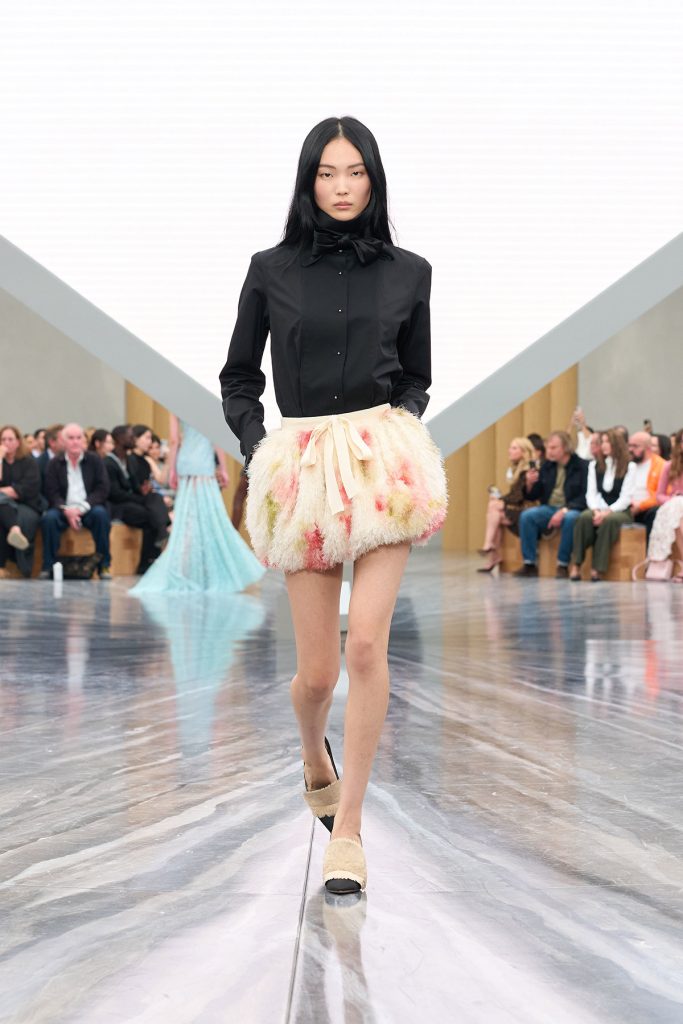
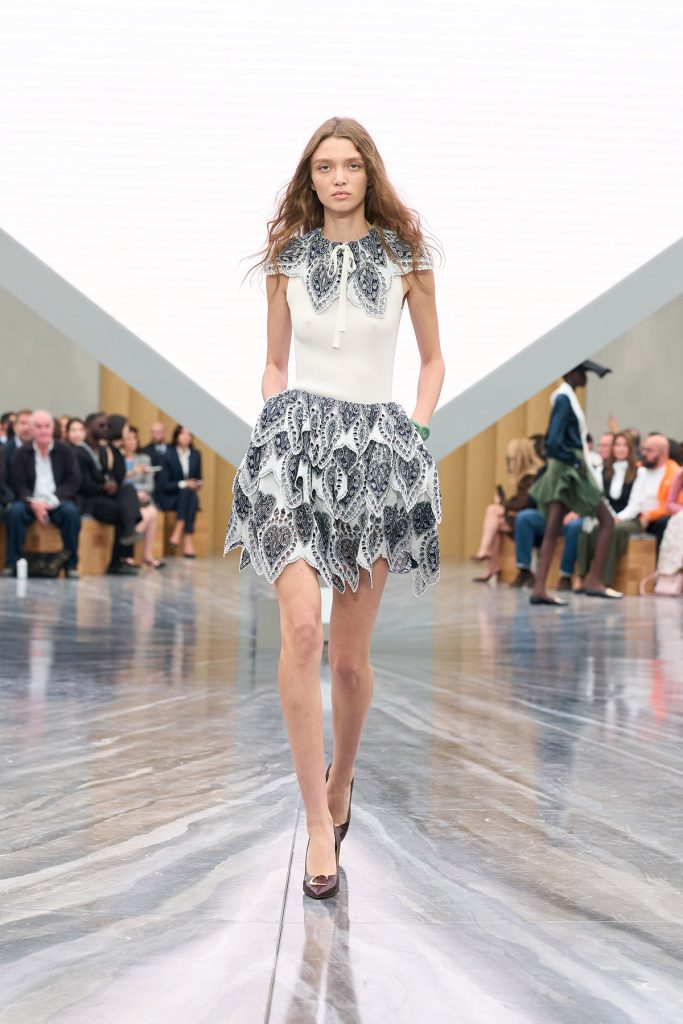
This concept of “boxing” history was visualized on the runway. The 74-look lineup leaned heavily into the theatricality of fashion. The collection was a masterclass in what the house described as “harmony and tension.”
That opening look established the dialogue between eras. A white toile dress featuring a cantilevered hipline recalled Christian Dior’s 1952 Cigale silhouette. It was modernized with Anderson’s sensibility, featuring a large bow. The sense of performance was heightened by the accessories. Hats by Stephen Jones, Galliano’s frequent collaborator, appeared throughout the collection, some seeming to “implode” into themselves.
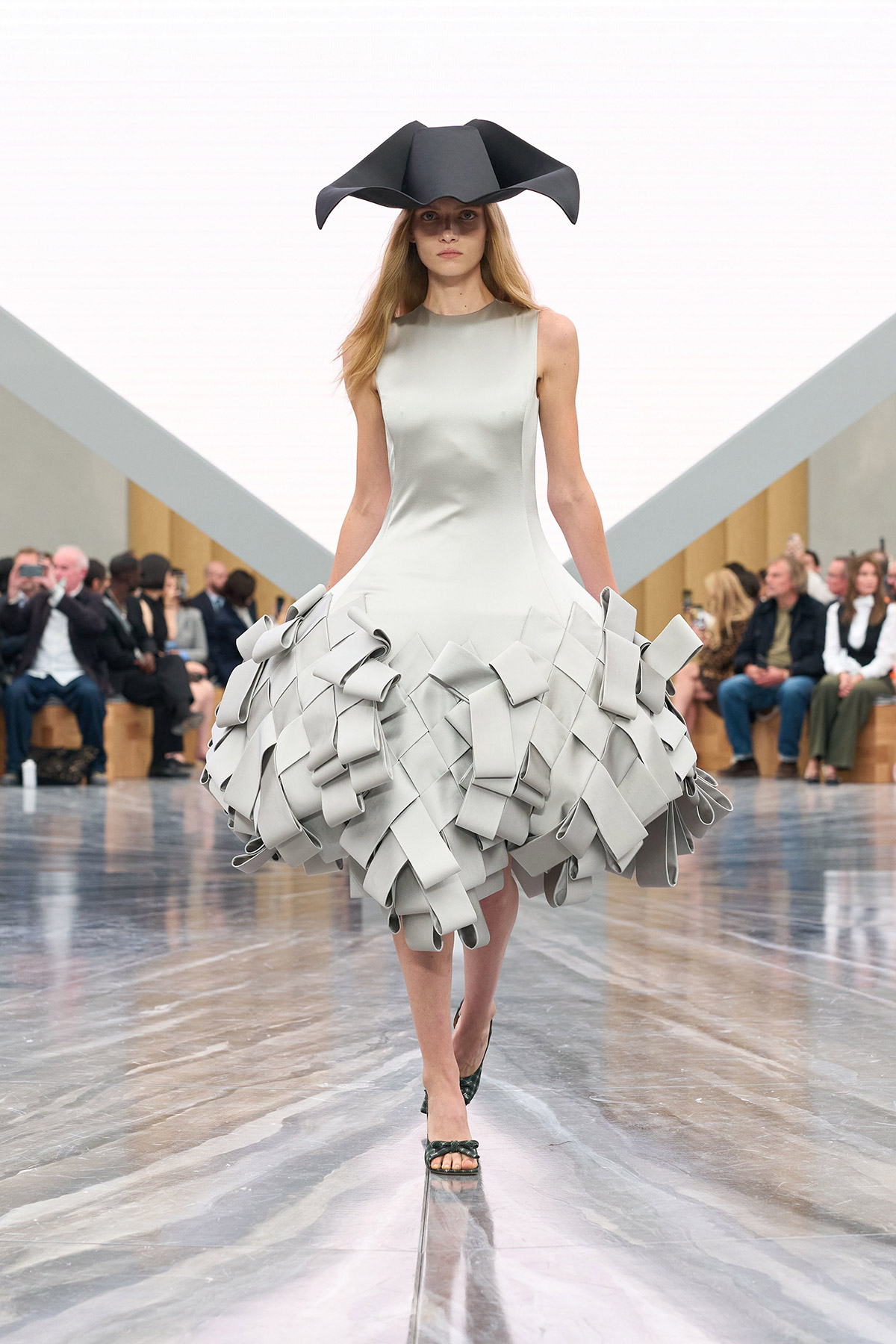
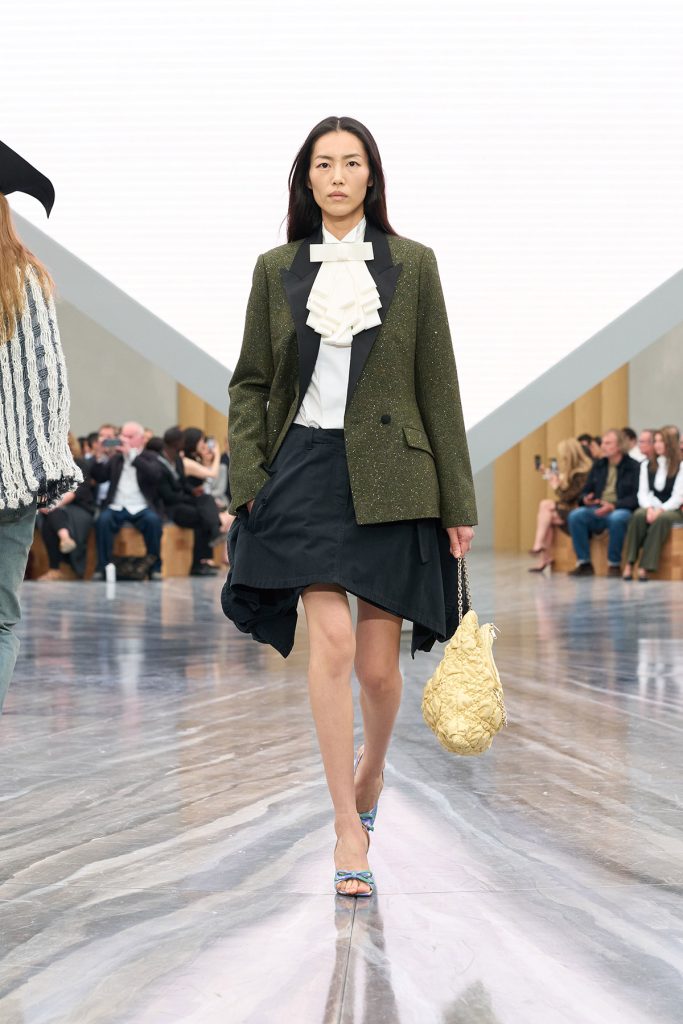
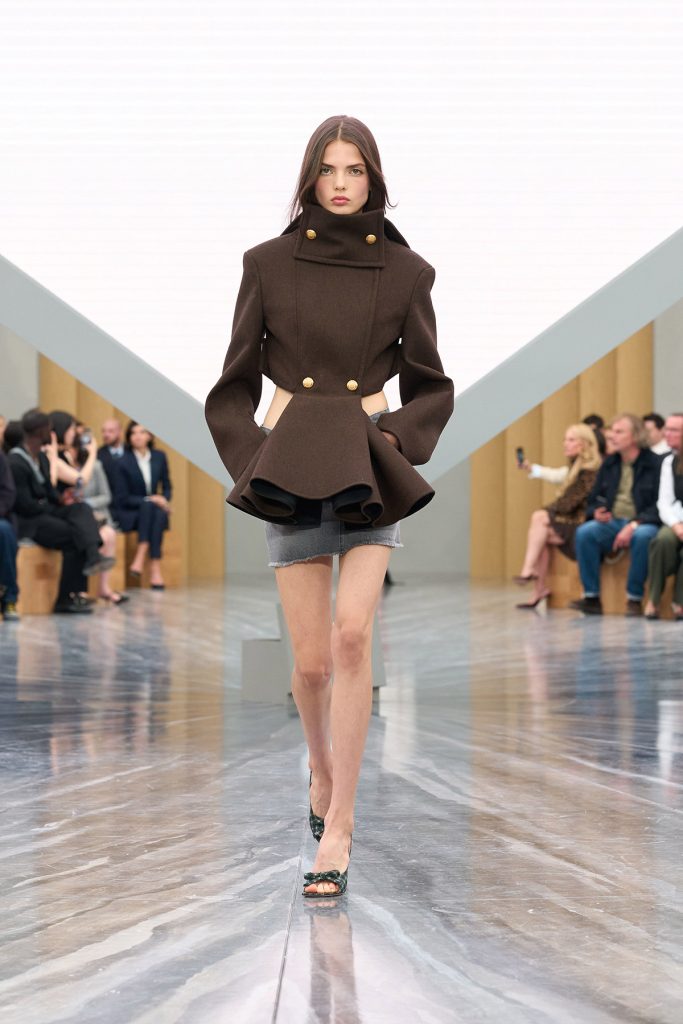
Ultimately, Anderson’s vision for Dior is an invitation to dream big, creating a “grand fantasyscape” that successfully navigates the tightrope between honoring a storied history and asserting a new direction. The result was unconventional, occasionally unexpected, and often beautiful. As Anderson took his bow to a resounding standing ovation, it affirmed that change is inevitable, and the future of Dior is in capable hands.
